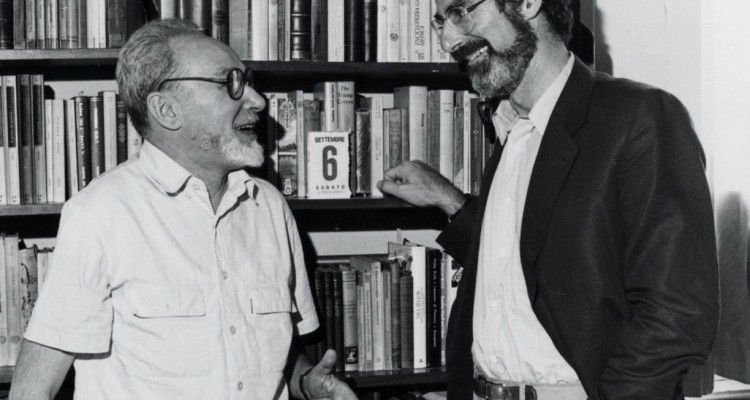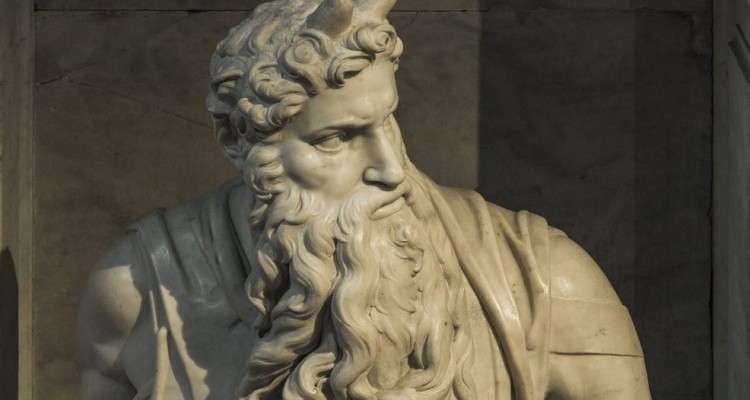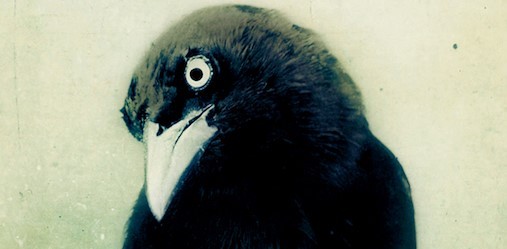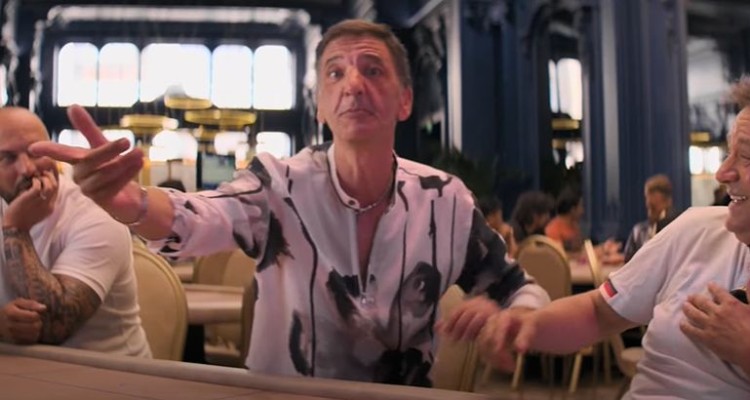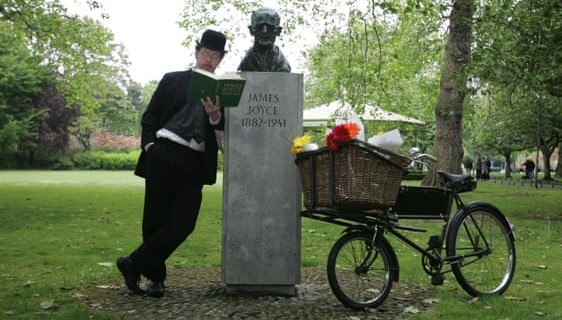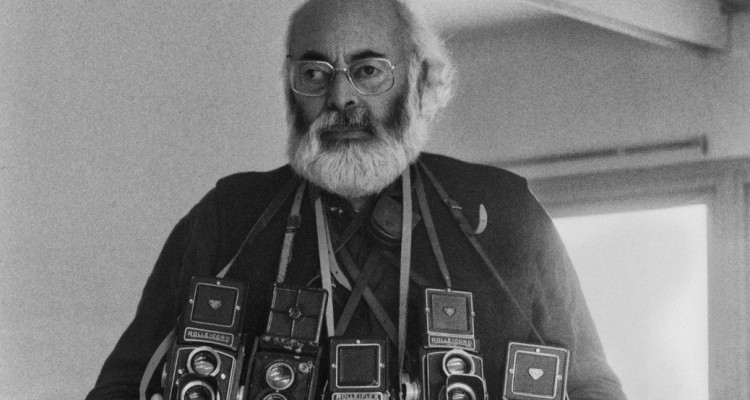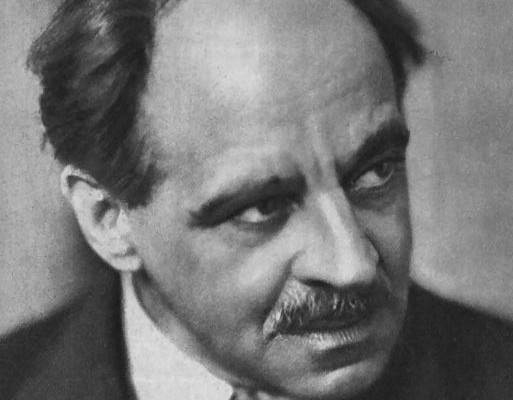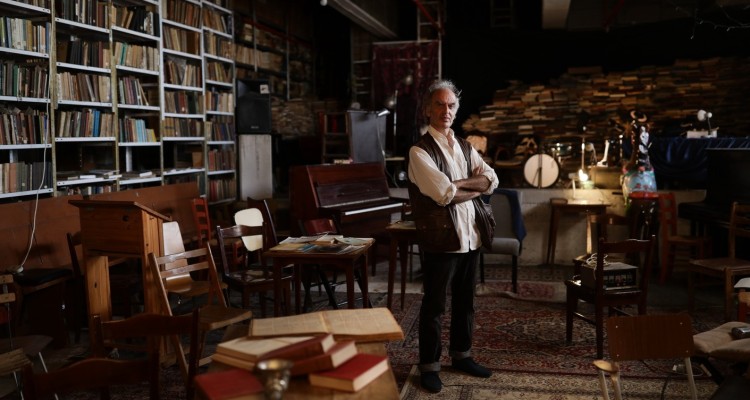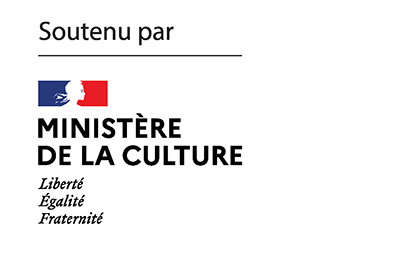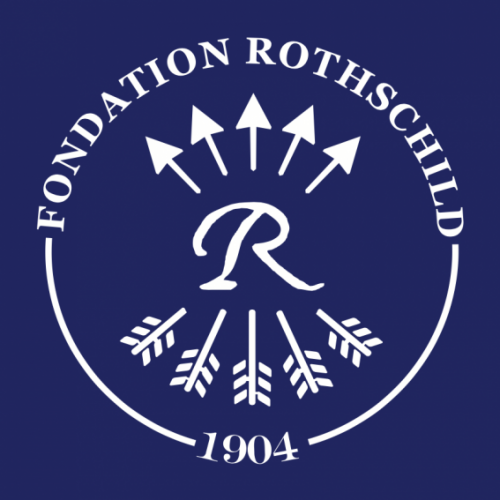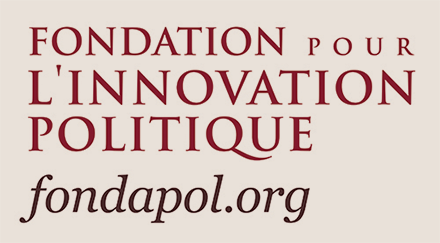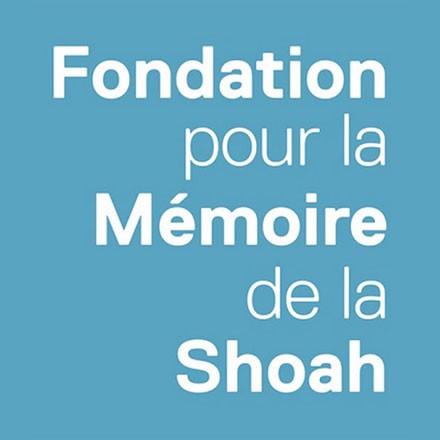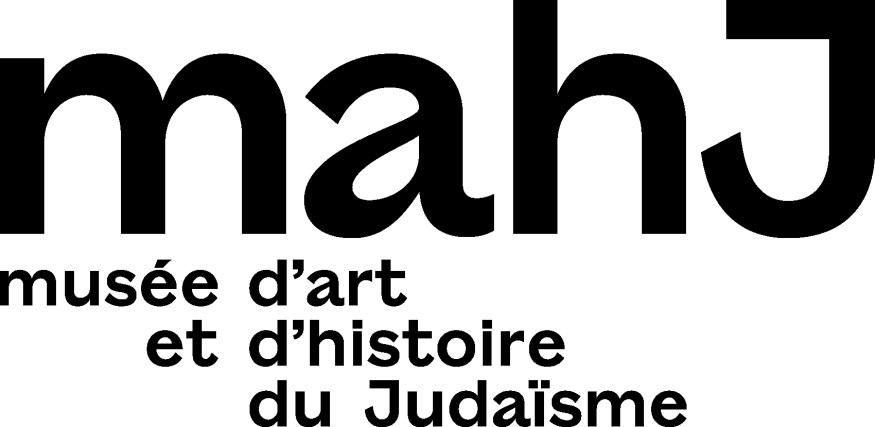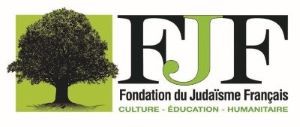Culture
Primo Levi died on April 11, 1987 in Turin. On the anniversary of his death, Giorgio Berruto revisits the events of his reception in Italy; in other words, the way in which the witness waited before being recognized as the great writer that he is, today unanimously celebrated.
How does the story of Meursault in The Outsider – and especially the famous scene of his murder – circulate among various writers? From Albert Camus to Kamel Daoud, via A.B. Yehoshua and Edward Said, Beryl Caizzi has identified a set of repetitions and variations that reflect a secret theme on which the inextricable relations between the French, the Arabs and the Jews are projected and interpreted in every possible way.
Published a year ago, The Memory Monster (Restless Books) is Yishai Sarid’s fourth book, after two crime novels and a novel set in a futuristic dystopia. This penultimate novel, The Third, imagined the destruction of Tel Aviv and Haifa, an endeavor to rebuild the Temple in Jerusalem and Israel’s transformation into a theocratic kingdom. The Memory Monster is an equally provocative and disturbing story that questions the relationship of Israelis to Europe and the memory of the Holocaust.
How to photograph Jewish identity? The one that has disappeared, the one that is hidden and the one that is claimed? These questions are at the heart of the exhibition of the work of the great photographer Patrick Zachmann, on show at Paris’ Musée d’Art et d’Histoire du judaïsme until the 6th of March, and reviewed here by Avishag Zafrani. It is an opportunity to travel between the silent stories of the images in search of invisible genealogies. It is also an opportunity to question the aesthetics of memory.
Most of the characters in the film Les Rois de l’arnaque (The Lords of Scam) – broadcast by Netflix, where this documentary met with great success and fascination – share one thing in common: they are Jewish. By looking back at the trajectory of its various protagonists, David Haziza examines the question of Jewish criminality and the sinuous paths of social ascension.
Ulysses is now one hundred years old. James Joyce’s novel was published in its original full text in Paris on February 2, 1922. Leopold Bloom is one of the two main characters of the book. Fans of Joyce’s cult novel have never ceased to speculate about the identity and personality of this son of a Hungarian emigrant, converted to Catholicism and baptized three times. Jewish or not Jewish, Leopold Bloom? Or rather what kind of Jew? Mitchell Abidor investigates the biography and beliefs of one of Ulysses’ heroes.
Adolfo Kaminsky, born in 1925 in Argentina and deceased in January 2023, has become a legend: the resister and forger known for specializing in the manufacture of false papers during World War II. He wanted to be a painter, he became a secretive photographer, reluctant to show his work – before the Museum of Jewish Art and History (mahJ) in Paris shed light on dozens of snapshots taken over decades
Barbara Honigmann portrays the writer Jakob Wassermann (1873-1934), who expresses the unease of a generation at the beginning of the twentieth century at the idea of being both Jewish and German – or of not really being either one or the other. Wassermann said he believed in a possible symbiosis of the two identities, while deploring the condition of the Western Jew of his time, cut off from his past. Barbara Honigmann’s text plunges us into the heart of a tension experienced as an internal tug of war.
Mendy Cahan is an actor, singer, and collector of books, all in Yiddish… He has stored 90,000 of them in an unlikely location in the Tel Aviv bus station. The piles of accumulated books seem to hold up the walls. And it is in this piece of Eastern Europe stuck in a zone of the Middle East that those who frequent this place gather to revive a Yiddish language that has become a minority in the middle of Hebrew. Visit the Yung Yiddish and meet its creator.
Join us
With the support of:
Thanks to the Paris office of the Heinrich Böll Foundation for their cooperation in the design of the magazine’s website.
